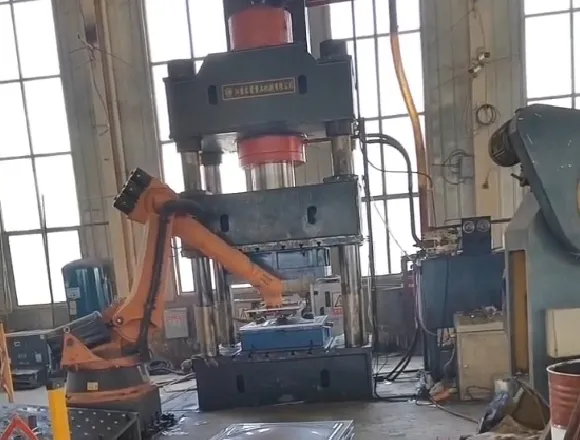loading...
- No. 9, Xingyuan South Street, Dongwaihuan Road, Zaoqiang County, Hengshui, Hebei, China
- admin@zjcomposites.com
- +86 15097380338
- Welcome to visit our website!
Analyzing Structural Profiles for Enhanced Architectural Design and Performance Optimization
Understanding Structural Profiles Key Concepts and Applications
Structural profiles are critical components in architecture and engineering, serving as the backbone for various constructions, from skyscrapers to bridges. They refer to standardized cross-sectional shapes of materials, typically metals or composites, that are used to create the skeletal framework of various structures. These profiles ensure the stability, integrity, and durability of buildings and infrastructure, translating architectural designs into reality.
Types of Structural Profiles
There are several types of structural profiles commonly used in construction. The most prevalent include
1. I-Beams Named for their shape, I-beams are widely employed for their efficiency in bearing loads. They are commonly used in the frameworks of buildings, bridges, and other structures where strong support is necessary while minimizing weight.
2. H-Beams Similar to I-beams but with wider flanges, H-beams offer higher strength-to-weight ratios. They are often utilized in heavy construction, such as in the construction of tall buildings and heavy machinery frames.
3. C-Beams and U-Beams These profiles have a C or U-shaped cross-section and are often used in construction as channels for support and framing. C-shaped profiles are prevalent in light structures and are preferred for their versatility in various applications.
4. Angle Beams Often used in supporting structures, angle beams are available in varying thicknesses and leg lengths. They can be arranged in various configurations to provide support to walls and roofs.
5. T-Beams This structural profile consists of a T-shaped cross-section and is typically used in floor systems in high-rise buildings, allowing for effective weight distribution.
6. Round and Square Tubes These profiles are frequently used in railings, frames, and other structural applications due to their aesthetic appeal and structural capabilities.
Importance of Structural Profiles
The significance of structural profiles cannot be overstated. They are fundamental in ensuring that structures can withstand various loads and environmental conditions. Key reasons for their importance include
structural profiles

- Load-bearing capacity Structural profiles are designed to efficiently bear loads, allowing for safer construction and increased longevity of structures
.- Material efficiency By utilizing specific profiles, architects and engineers can optimize the use of materials, reducing waste and costs while maintaining structural integrity.
- Versatility Different profiles can be adapted for various uses, enabling innovative designs and construction methods.
- Standardization The availability of standardized profiles streamlines the construction process, making it easier for builders to plan, design, and construct structures.
Applications of Structural Profiles
Structural profiles find application across numerous sectors, including
- Commercial Construction In the commercial sector, structural profiles are used in office buildings, shopping malls, and other facilities that require strong and stable frameworks.
- Infrastructure Development Bridges, highways, and tunnels rely on robust structural profiles to ensure safety and functionality.
- Industrial Settings Factories and warehouses often incorporate structural profiles for framing and support, accommodating heavy machinery and storage needs.
- Residential Construction While less visible, structural profiles are essential in the framing of houses, ensuring that they can withstand various environmental stresses.
Conclusion
In conclusion, structural profiles play a vital role in modern construction and engineering. Their variety, efficiency, and adaptability make them indispensable in a wide range of applications. Understanding the different types of profiles and their respective uses can lead to better design choices and more sustainable construction practices. As the industry continues to innovate, the evolution of structural profiles will be essential in meeting the demands of future architectural challenges, fostering safer and more resilient environments. Whether it’s a high-rise building or a simple home, the integrity of our structures largely hinges on the effective use of these crucial components.
-
The Rise of FRP Profiles: Strong, Lightweight, and Built to LastNewsJul.14,2025
-
SMC Panel Tanks: A Modern Water Storage Solution for All EnvironmentsNewsJul.14,2025
-
GRP Grating: A Modern Solution for Safe and Durable Access SystemsNewsJul.14,2025
-
Galvanized Steel Water Tanks: Durable, Reliable, and Ready for UseNewsJul.14,2025
-
FRP Mini Mesh Grating: The Safer, Smarter Flooring SolutionNewsJul.14,2025
-
Exploring FRP Vessels: Durable Solutions for Modern Fluid HandlingNewsJul.14,2025
-
GRP Structures: The Future of Lightweight, High-Performance EngineeringNewsJun.20,2025
